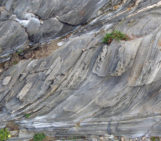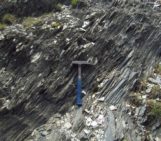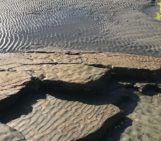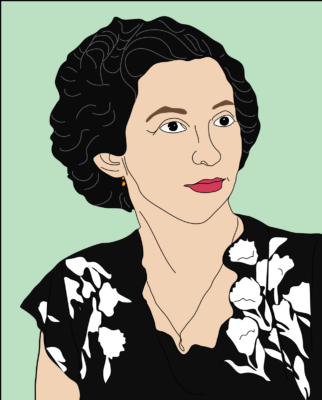
Josefa Cuevas Sansores was born on the 24th of March, 1920 to Andrea Aguilar Argüello. Andrea was a professor herself and graduated in 1929 specializing in ‘Instrucción Primaria Inferior y Superior’. She used the knowledge she had gained during her studies to found several kindergartens in Yucatán, one still carrying her name). Josefa had three older sisters, two of which became school teachers, which surely contributed to her interest to study. Her elementary, middle and high school education she received in Merida. In high school, she chose law as her major. But, as later she said: “… life wanted me to fall in love with an engineer and marry him, so I went back to high school again and did a second major in engineering” (Sánchez & Tagüeña 2011).
And so it happened that she married Enrique Sansores Manzanilla, before she went back to high school to learn mathematics and physics in the engineering track. When she had finished, they moved together to Mexico City in 1944 to both study Geology at the School of Engineering at the National Autonomous University of Mexico (UNAM). During her studies, Josefa proved to be an outstanding student. She won for example the first ‘University Medal for Merit’ for a geology major. She also got a laboratory position in the Mineralogy and Petrography classes of the School of Engineers, where she assisted in maintaining their rock and mineral collections.
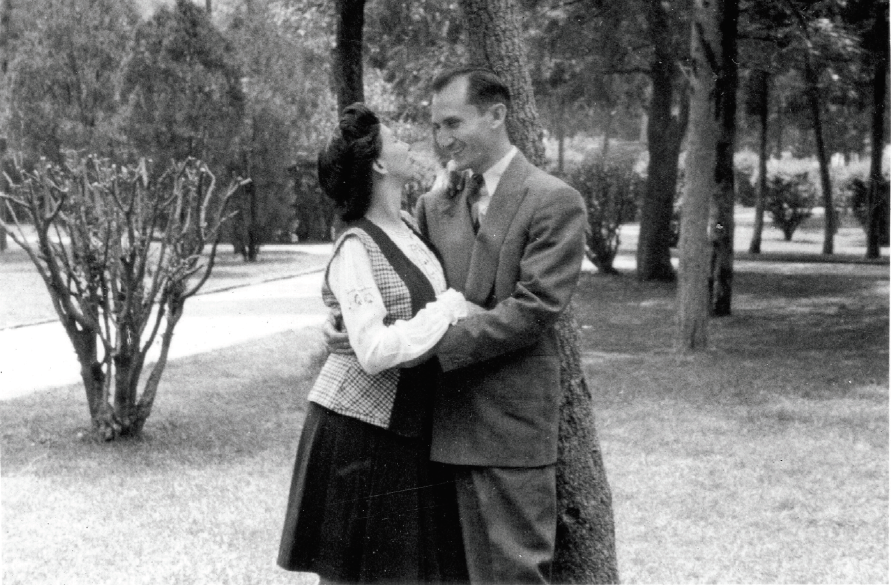
Josefa and her husband, Enrique Sansores Manzanilla (Image credit: Sánchez & Tagüeña 2011).
During her final years as a student, she started working as an assistant paleontologist in the Exploration Management department of Petróleos Mexicanos (PEMEX). She studied geological formations and analyzed sedimentary samples to learn the microfauna and stratigraphy of the Mexican subsurface. She still had to finish her studies at UNAM, so she defended her work in 1950 with honorary mention. On the 9th of January 1951 she became the first woman to have graduated as a Geological Engineering.
The work she started at PEMEX was initially oriented towards the South Zone, which included the entire southeast of Mexico. She studied the geological formations there in great detail and became an expert on the Tertiary fauna of benthic and planktonic foraminifera. Quite soon after she had begun, she received several promotions and she became a Chief Paleontologist at the Headquarters of Paleontology of the South Zone where she worked from 1953 until 1966. Then, in 1966, her research area changed to Tampico, in the North Zone. She remained in the position of Chief Paleontologist and in this new region, her knowledge was expanded with the microfauna of samples from the northern Mexican states of Veracruz, Tamaulipas, San Luis Potosí, Coahuila and Baja California. This time, samples came again from the Tertiary, but now samples from the Cretaceous were also included.
In December 1969, when she had worked some 20 years for PEMEX, Josefa was commissioned by the Mexican Institute of Petroleum (IMP) to become the head of the Department of Tertiary Micropaleontology. At IMP she continued analyzing sedimentary samples from all over the country, which further completed her knowledge of the microfauna and stratigraphy of Mexico. The micropaleontological studies of the samples and the results she produced were sent to the respective areas and were directly used by her colleagues in the field. In Josefa’s department, they prepared catalogs of planktonic and benthic foraminifera, including their ages and their living environment. All this work allowed them to establish stratigraphic units that helped the interpretation of paleogeographic studies and how they related to the presence of hydrocarbons. Josefa remained at IMP until she retired in 1978, after which she and Enrique moved to Cuernavaca.
Until 1998 Josefa and Enrique, her husband, continued to be active in the field. They worked together as independent geologists for PEMEX and were in charge of the training of the technical personnel of the Exploration Management. They organized and planned their studies and supported staff initiatives. In 1990 the Geological Society of Mexico, awarded Josefa with a diploma in recognition of her work for the benefit of Earth Sciences.
Josefa Cuevas de Sansores dedicated her life to her profession without receiving the recognition she deserved. She was known for her dedication and discipline at work. She had a great human sense2 and was always kind to the staff around her. People who knew her described her as ‘a petite, cordial, modest, direct-eyed, intelligent woman’ (Sánchez & Tagüeña 2011) who showed us that love and profession are not incompatible and, hopefully, quite the opposite. When she passed away in 2010, Josefa left behind a vast legacy to not only the Earth Sciences, but also as an elegant and impeccable lady who happened to become Mexicans first woman geologist.
References
Sánchez, A.M., Tagüeña, J., 2011. La primera geóloga Mexicana. Revista Digita Universitaria, 12-10, p. 8.
http://www.searchanddiscovery.com/abstracts/html/2016/90260ice/abstracts/2474746.html
https://es.wikipedia.org/wiki/Josefa_Cuevas


